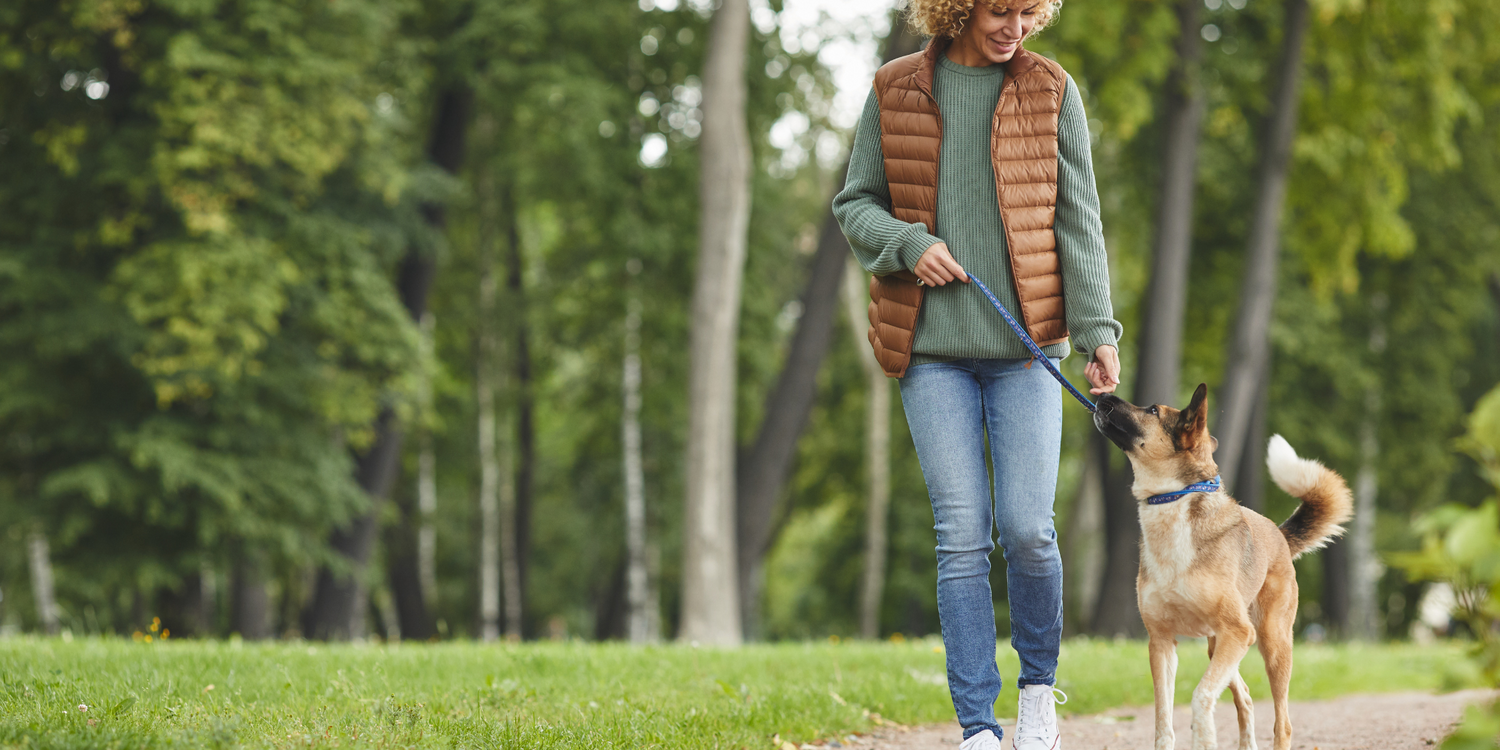Field Day resident Vet, Emily Turner unpacks Arthritis in dogs. A look at stiff joints and how to help.
The simple answer to this question is yes! Arthritis is a common and painful condition that affects many dogs, particularly as they age. Just like us humans, dogs can suffer from inflammation in their joints, leading to discomfort, stiffness, and reduced mobility. Arthritis is often thought of as an older animal issue but can be affected by many factors including, breed, nutrition, lifestyle and previous surgeries or injuries.
Arthritis, or osteoarthritis (OA), happens when the cartilage in a dog's joint wears away over time. Cartilage acts as a cushion between bones, allowing for smooth movement. When this cushion breaks down, bones can rub against each other, causing pain and inflammation. Over time, the joint may become deformed, limiting movement and causing additional discomfort and leading to muscle wastage of the affected legs.
Arthritis can affect any joints, but the most common ones in dogs are the hips, knees, elbows, and spine and severity of the condition can vary, with some dogs experiencing only mild discomfort, while others may suffer significant pain that limits their ability to move and therefore their quality of life.
While arthritis is commonly noted in older dogs, younger dogs can develop it due to genetic factors, joint malformations, or past injuries/surgeries. Conditions like hip dysplasia and elbow dysplasia—both hereditary disorders—can increase the likelihood of developing arthritis at a young age. Dogs that have experienced joint injuries, fractures, or ligament tears are at higher risk for arthritis development. Obesity is another significant risk factor. Overweight dogs place excess strain on their joints, accelerating wear and tear.
For dog owners, recognizing early signs of arthritis is essential for managing the condition and ensuring your pet’s comfort. Some common symptoms of arthritis in dogs include:
- Limping or Lameness: Dogs with arthritis may have a noticeable limp or may favour one leg over the other.
- Stiffness: Your dog may have difficulty rising, jumping, or climbing stairs, especially after resting/getting up in the morning- being "slow to go"
- Behavioural Changes: Dogs in discomfort may become irritable, withdrawn, or less playful. They may be less enthusiastic about walks and not manage the distances they once did. Some dogs may be wary of being touched around the affected joint/joints.
- Swelling: Occasionally the affected joints may appear swollen or warm to the touch. You may notice your dog licking at a particular joint to help soothe the area.
- Decreased Activity: Your dog may seem lethargic or avoid physical activity altogether due to joint pain.
- Changes in Gait: Dogs with arthritis may develop an altered gait, such as a shortened stride, bunny hopping or dragging their toes.
If you notice any of these symptoms, it’s important to talk to your vet regarding your dog's comfort as early intervention can help manage the condition and improve your dog's quality of life. While arthritis cannot be cured, there are several options which can help manage pain and improve your dog’s mobility. Some of the most common approaches include:
- Medications/supplements: Nonsteroidal anti-inflammatory drugs (NSAIDs) are commonly prescribed to reduce inflammation and alleviate pain. There are arthritis injections available from your vet as monthly injections or courses of injections that can last for months. Supplements like glucosamine and chondroitin to support joint health are often recommended as are omega 3 and omega 6 fatty acids as these (in the correct ratios) are essential for healthy joints and cannot be produced by a dog's body and need to be obtained from the diet.
- Weight/diet management: Maintaining a healthy weight is one of the most important ways to prevent further strain on your dog's joints. A balanced diet and regular exercise are key components of this-essentials to avoid are human food and too many treats and snacks outside regular feeds.
- Physical Therapy: Keeping activity levels up is essential - dogs will naturally slow down as they age but keeping up regular exercise within their capabilities is vital - it is much better to do a slow/short daily walk than 2 hours on a weekend. Canine physical therapy, including massage, hydrotherapy, and stretching exercises, can help improve joint flexibility and strengthen the muscles around the affected joints.
- Comfortable Bedding: Providing your dog with a soft, supportive bed can help reduce pressure on the joints and make resting more comfortable. A bed with low sides and not far off the ground can be helpful also. Keeping them warm and cosy in the winter months is also very important - consider cosy blankets and avoid heat pads or hot water bottles
Arthritis in our dogs is a progressive condition, but with proper management many dogs can lead quite a comfortable and normal life for a long time. Recognizing the signs early and working closely with a veterinarian and/or canine physiotherapist, can really help manage your dog’s pain and improve their overall quality of life. Focusing on things like pain relief, supplements like chondroitin, glucosamine and omega fatty acids, maintaining a healthy weight and exercise routine along with lots of tlc, cuddles and care, will allow our fur babies to be much happier for longer and get the most out of their lives and their time with us!





